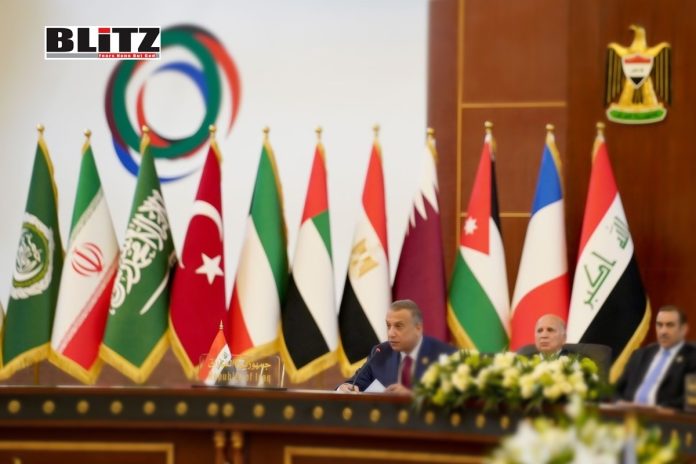Consensus is indeed a scarce commodity when it comes to discussions about the Middle East. Its geopolitical canvas is rich with intricate complexities, characterized by a tapestry woven from historical rivalries, the emergence of new powers, and alliances that shift like sands in the desert. To grasp the contemporary dynamics of the region, one must embark on a journey through its historical evolution, tracing the threads of influence, and understanding how broader global shifts have contributed to its inherently multipolar nature.
The conclusion of the Cold War signaled a watershed moment in the geopolitical course of the Middle East. With the global shift from a bipolar to a multipolar order, the region found itself amidst a vacuum in power dynamics. While the United States rose as a dominant player, other regional and global actors seized the opportunity to assert their influence. This marked the dawn of a multipolar era, where various states pursued their interests, sometimes autonomously and at times in rivalry, shaping a complex geopolitical landscape.
The ascent of China and Russia as burgeoning global entities has been instrumental in nurturing the multipolar framework within the Middle East. The ebb and flow of US foreign policy, characterized by strategic shifts away from the region, has opened avenues for these powers to extend their influence. Furthermore, internal dynamics within Middle Eastern nations, including endeavors towards economic diversification and social reform, have further accentuated the region’s multipolar dynamics. This convergence of external geopolitical maneuvers and internal transformations underscores the intricate tapestry of influences shaping the contemporary Middle Eastern landscape.
The Middle East’s transition to a multipolar region is not a recent phenomenon but rather a historical continuum. Throughout various epochs, including the medieval period, the Ottoman Empire, and the colonial era, the region has experienced multipolarity, shaped by competing interests and influences. Even before the Cold War, the Middle East was a theater for power struggles among various regional and global actors.
In today’s context, pinpointing a strictly unipolar region within the Middle East has become a rarity. The forces of globalization, interdependence, and the ascendance of regional powers have collectively contributed to a landscape that is notably more intricate and competitive. Notably, middle powers like Saudi Arabia, Iran, Turkey, and Israel have undergone evolution, aligning their interests both locally and globally. This evolution significantly amplifies the multipolar nature of the region, characterized by diverse and intersecting spheres of influence.
The multipolar dynamics inherent in the Middle East present a spectrum of challenges and opportunities. While the competition for influence may spark tensions and conflicts, it simultaneously opens doors for cooperation and diplomatic endeavors. Middle powers, renowned for their diplomatic finesse and adaptability, assume pivotal roles in forging connections, nurturing peace, and propelling advancement across the region. Their ability to navigate complex geopolitical landscapes underscores their significance in mitigating conflicts and fostering sustainable development within the Middle East.
Yet, traversing the complexities of a multipolar Middle East poses formidable challenges. Long-standing historical rivalries, sectarian tensions, and entrenched geopolitical rivalries frequently hinder cooperative endeavors. The seismic shifts instigated by events like the Arab Spring and ongoing sociopolitical movements further compound these challenges, reshuffling internal dynamics and recalibrating power dynamics both within individual nations and across regional alliances. Such intricacies underscore the arduous task of fostering unity and stability amidst the region’s multifaceted landscape.
Amidst the challenges of contemporary times, a multipolar Middle East emerges as a beacon of hope. Through the embracement of diversity and active engagement with various stakeholders, the region can unlock its collective potential for fostering peace and prosperity. Middle powers, positioned as crucial facilitators of cooperation, are pivotal in bridging divides and nurturing inclusive dialogue. Their proactive involvement serves as a cornerstone for fostering unity and progress in the region’s dynamic geopolitical landscape.
As the Middle East undergoes continual transformation amidst the flux of global dynamics, one fundamental truth persists: multipolarity is an intrinsic facet of the region’s identity. Recognizing and embracing this reality offers a pathway towards constructive engagement, capable of fostering stability and prosperity in the region. Within the intricate fabric of international relations, the Middle East serves as a profound testament to the enduring complexities inherent in multipolarity, highlighting the imperative of navigating its nuances with diplomacy and foresight for a brighter future.



